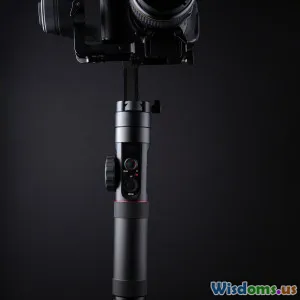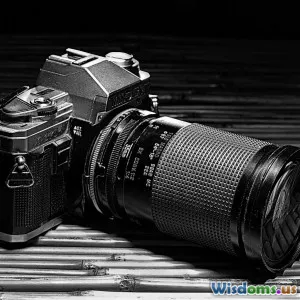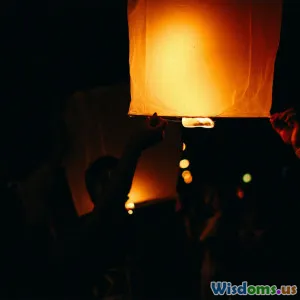
Innovations in Visual Storytelling
6 min read Explore the latest trends and technologies transforming visual storytelling in photography and filmmaking. (0 Reviews)
Innovations in Visual Storytelling
Visual storytelling is an evolving art form that combines creativity, technology, and narrative to convey powerful messages through images and films. In recent years, several innovations have emerged that are reshaping how stories are told and experienced. This article explores key trends and technologies that are revolutionizing visual storytelling in photography and filmmaking.
The Rise of Immersive Experiences
One of the most significant innovations in visual storytelling is the shift towards immersive experiences. Virtual reality (VR) and augmented reality (AR) have opened new avenues for creators to engage audiences in ways that traditional media cannot. These technologies allow viewers to step into the story, interact with the environment, and experience the narrative from a first-person perspective.
For example, VR documentaries like The Displaced allow viewers to experience the lives of refugees through their eyes, fostering empathy and understanding. Similarly, AR applications enable users to see additional layers of information overlaid on the real world, enhancing storytelling by providing context and depth.
Storytelling through Data Visualization
Data visualization has become a powerful tool for storytellers in both photography and filmmaking. By transforming complex data into visually engaging graphics, creators can tell compelling stories that resonate with audiences. This approach is particularly effective in fields like journalism, where data-driven storytelling can illuminate pressing social issues or highlight trends.
For instance, the use of infographics in multimedia journalism helps audiences grasp intricate concepts quickly. Documentaries like Before the Flood use data visualization to present climate change statistics, making the information more accessible and impactful.
The Evolution of Cinematic Techniques
Technological advancements have also led to the evolution of cinematic techniques. High-definition cameras, drones, and gimbals have made it easier for filmmakers to achieve stunning visuals that were once only possible with expensive equipment. These tools have democratized filmmaking, allowing aspiring creators to produce high-quality content regardless of their budget.
Moreover, the rise of mobile filmmaking has empowered individuals to tell their stories using smartphones. With apps that offer professional editing tools and accessories like external lenses, anyone can create visually striking films. This trend has given rise to platforms like TikTok and Instagram, where short-form videos dominate and storytelling has to be both concise and engaging.
Emotional Engagement through Sound Design
While visuals are crucial in storytelling, sound design plays an equally important role in evoking emotions. Innovations in audio technology have allowed filmmakers to create immersive soundscapes that enhance the viewing experience. Techniques such as binaural audio and 3D sound design enable audiences to feel as if they are part of the story.
For example, films like A Quiet Place utilize sound as a central narrative device, amplifying tension and engagement. This innovation underscores the importance of audio in visual storytelling and how it can shape audience perception and emotional response.
Collaborative Storytelling with Social Media
Social media has transformed the landscape of storytelling, enabling collaborative narratives that involve audiences in the creative process. Platforms like Instagram and Snapchat allow photographers and filmmakers to share behind-the-scenes content, solicit feedback, and involve their audience in shaping the narrative.
Interactive storytelling is on the rise, as seen in projects like Snapchat’s Our Story, where users contribute to a collective narrative by sharing their experiences. This collaboration not only fosters a sense of community but also enriches the storytelling experience by bringing diverse perspectives to the forefront.
Conclusion
Innovations in visual storytelling are breaking barriers and expanding the possibilities for creators in photography and filmmaking. From immersive experiences and data visualization to advancements in cinematic techniques and emotional sound design, these trends are reshaping how stories are shared and experienced. As technology continues to evolve, so too will the ways we connect with one another through visual narratives. Embracing these innovations can empower storytellers to engage audiences more deeply and meaningfully than ever before.
Rate the Post
User Reviews
Popular Posts





















